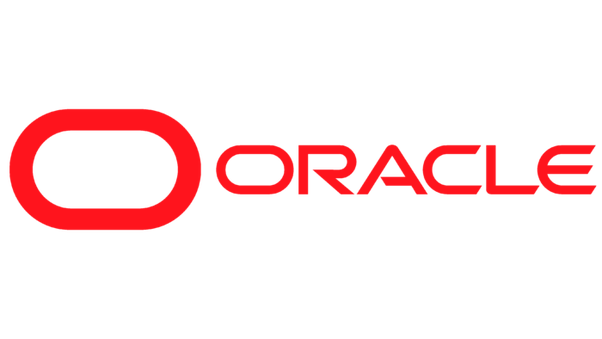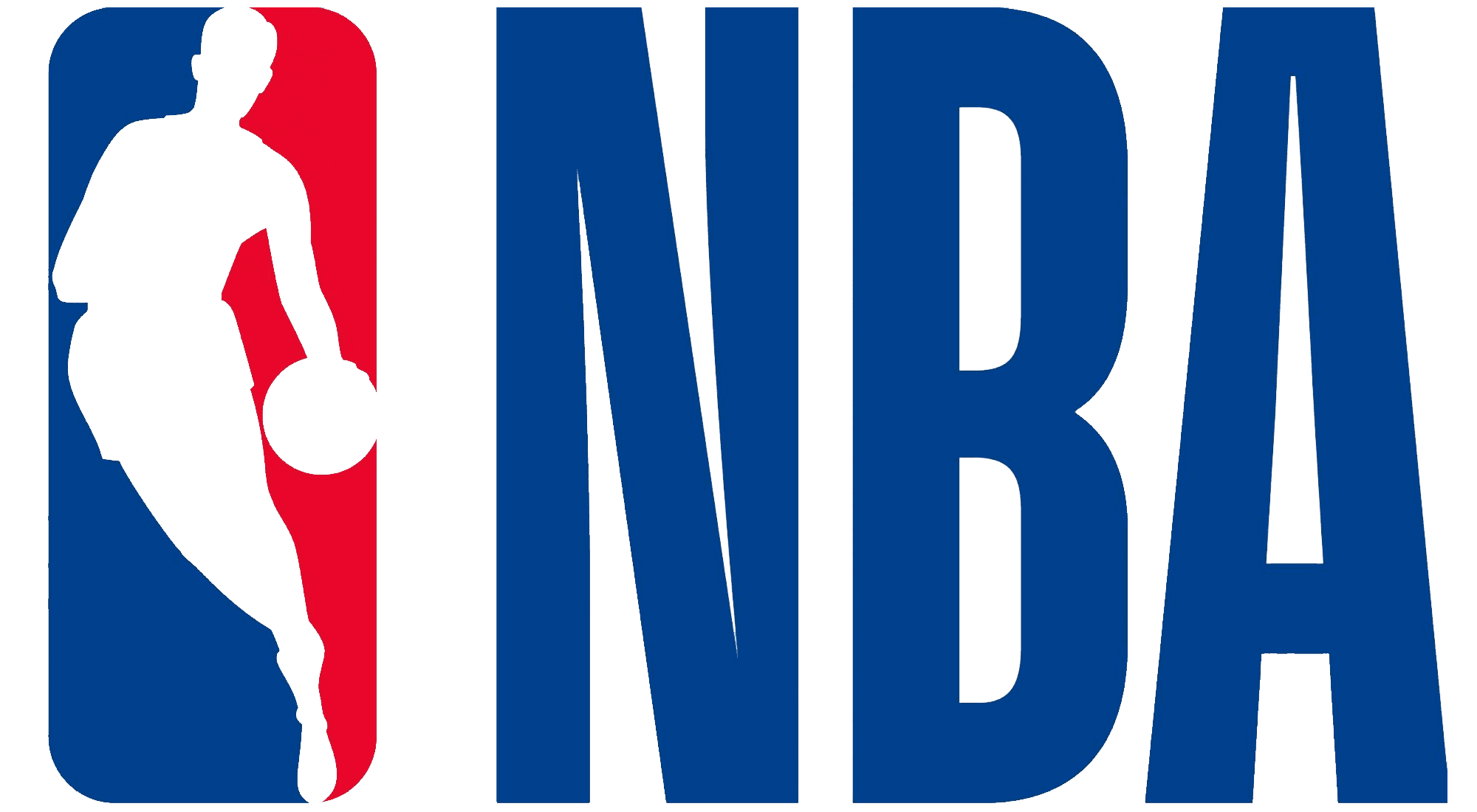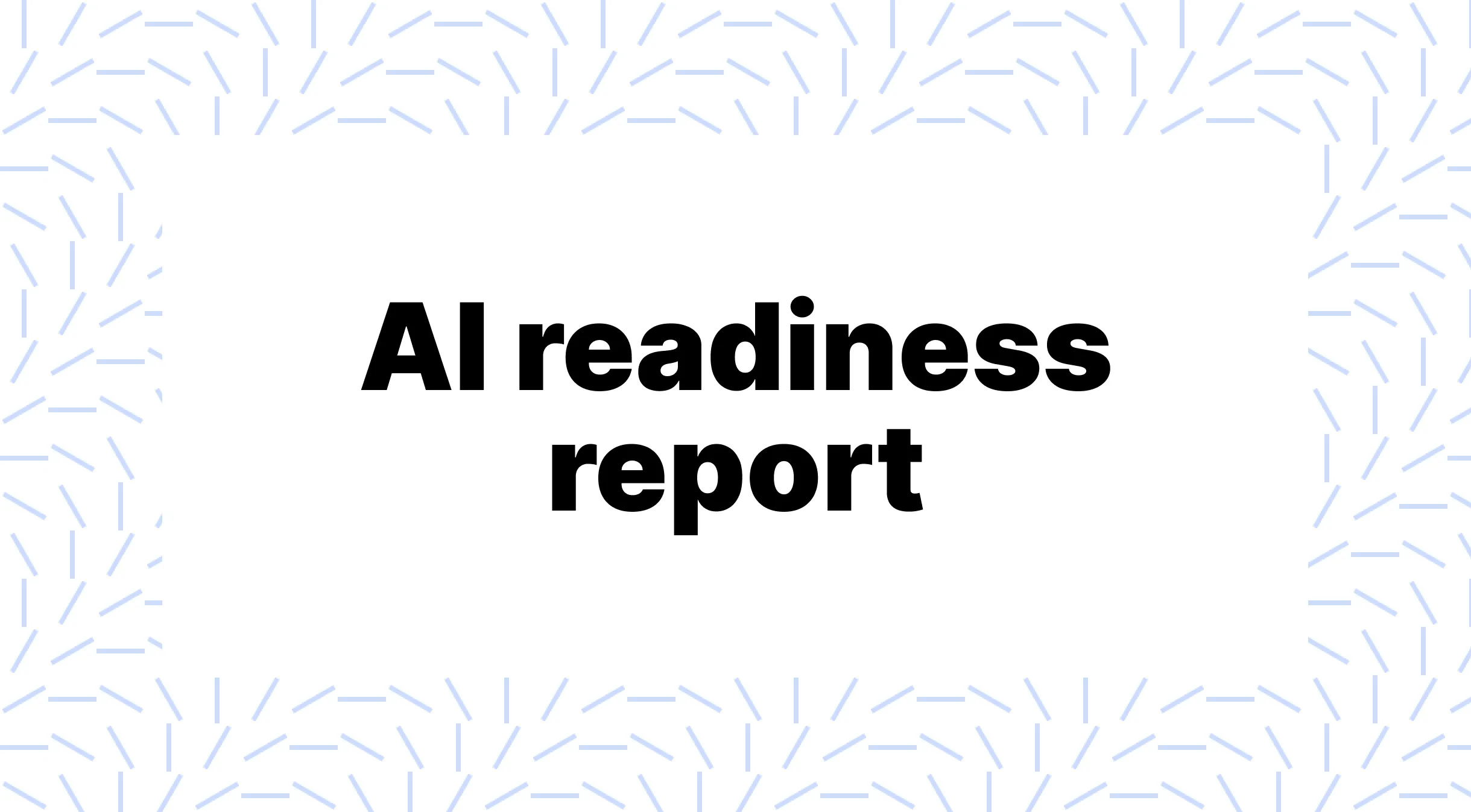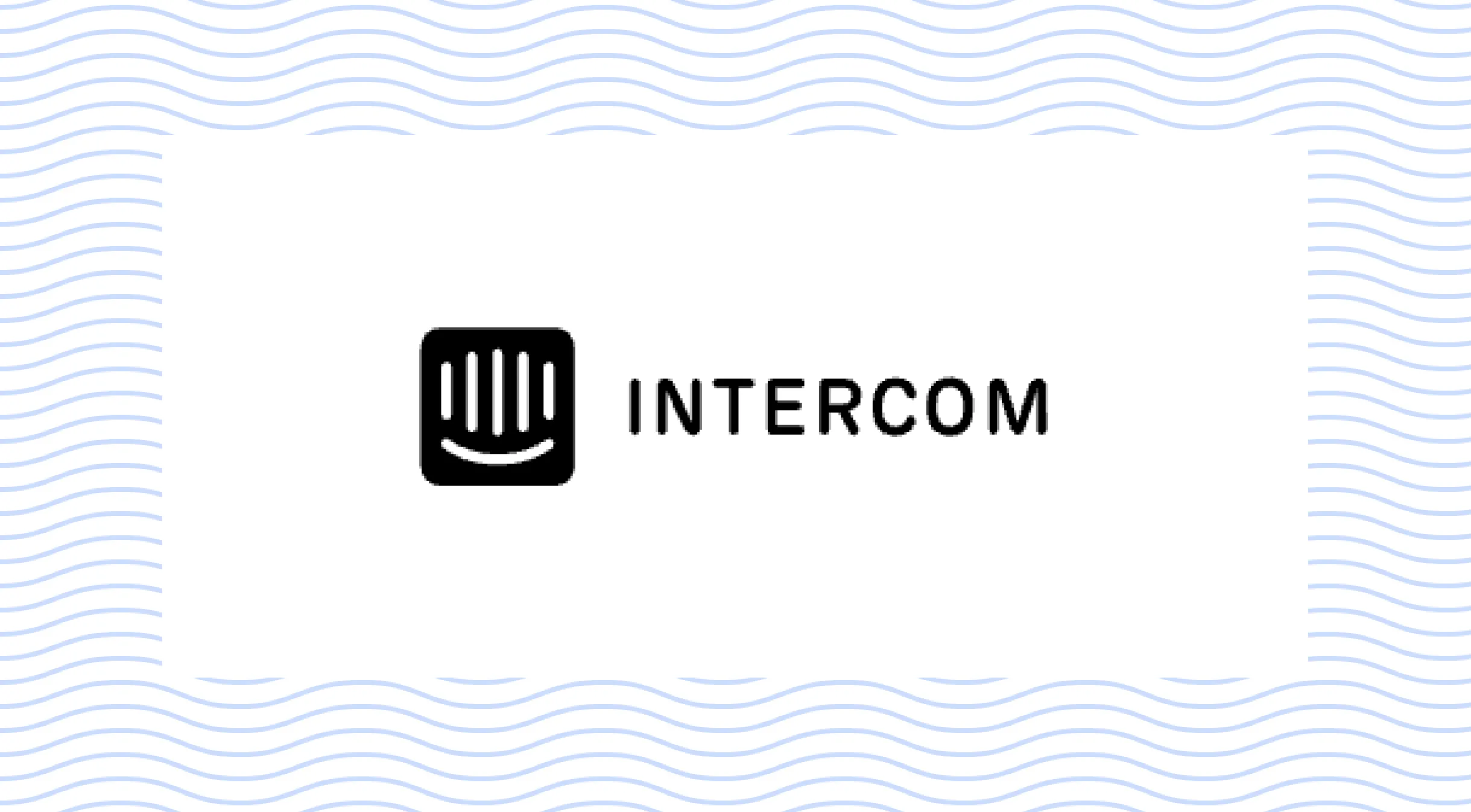How to get your team to use AI
I’m exploring how to implement AI in businesses and today I’m excited to show you what companies have done to encourage AI adoption for their employees.
I spoke with Stripe, Google, Intercom, Zapier, Figma, Vercel, Clearbit, ClassDojo, and Sandwich Video, and gathered information from other companies like Asana and Adobe for today’s post.
Overview of this guide:
- Reasons to get your team to adopt AI
- How are CEOs leading the internal charge on AI
- 9 ways companies encourage AI adoption internally
- Using hackathons to refocus and energise the company
- Benefits of internal tools for workflows and idea generation
- Empowering teams with initiatives
- The importance of pilot projects and empowering small teams to build without expectations
- Integrating AI into company culture
Why should you adopt AI at work?
Companies have been quite slow to deploy AI, with some exceptions.
Several studies show that AI boosts performance and productivity in the workplace.
Employees using AI assistants complete more tasks, finish them 25% faster, and produce higher-quality results.
Microsoft’s latest report states:
- Using ChatGPT, knowledge workers are 37% faster and deliver 40% higher quality.
- LLMs benefit new or low-skilled workers the most.
- 85% said it would help them get to a good first draft faster
- 72% spent less mental effort on mundane or repetitive tasks.
AI is becoming increasingly important in the workplace for better and more efficient work.
Companies like Microsoft are rolling out AI Copilot to all users as workplace tools integrate AI features.
Gartner forecasts that 40% of enterprise software will have Generative AI by 2024, and Forrester predicts that 60% of workers will use personalised AI for their jobs.
Take Zapier, for example.
Over 30% of employees now use AI zaps (workflows) to do work for them.
- 100x workflow template creation rate
- +$100k/month from new closed sales by automating Hubspot data entry after calls
- +50% increase in outbound sales booking rate using AI personalised outreach
- >10% of support involves AI—AI ticket summary, knowledge base semantic search by rep, draft generation, etc.
This is their percentage split of ChatGPT usage across departments:

read this as ‘32% of the 35%’ are using ChatGPT.
Signal from the top
Many companies realise they need to adapt. And several companies are trying to position themselves as AI-first.
But there are challenges:
there are three big gaps between how executives and individual contributors (ICs) view AI:
Optimism Gap: Executives see the promise and potential of AI more than Individual Contributors do.
Transparency Gap: Executives think they are more transparent in using AI than they are according to individual contributors.
Resource Gap: 25% of executives say they provide AI training, but only 11% of ICs agree.
Leaders must close these three gaps to gain the benefits of AI in organizations.
Rebecca Hinds, PhD, Head of The Work Innovation Lab at Asana
source
adopting AI in your company isn’t really a technology problem, but a culture and habits problem
Brian, ClassDojo
Top execs' commitment and buy-in signal the importance of this new tech shift, allowing the excitement to trickle down to all levels of the organisation.
Vercel aims to be an AI-first company, so the VP of AI, Jared Palmer, encourages employees to adopt AI tools internally which often means the AI features in the tools they’re already using like Notion.
Zapier’s Wade Foster quickly communicated the importance of AI for their business. Several internal documents were written on the topic and experimentation was encouraged.
Notion is internally pushing an AI-focused narrative, sparking curiosity among many employees about AI capabilities. They are also releasing AI features for customers, such as Ask AI, AI writing tools, summarisation etc.
Intercom is rapidly pushing forward on becoming an AI-first company.
What are these companies doing to encourage their employees to adopt AI?
9 ways to encourage AI adoption at work
AI champions
Having AI champions at work can help your team adopt AI.
Leading by example.
This champion should be curious and play with AI tools to identify where processes and job functions can be elevated or replaced with AI.
Joao (Clearbit) started experimenting with AI and built a predictive model for customers to see the likelihood of a deal closing. From this, he could show the team just how powerful AI can be for customers and internal use.
When I first brought up AI into Clearbit it felt like a no-brainer, we have all this data about so many entities that it just felt right for us to do something with it, I still have a recording of my first demo meeting to some of our team on how we could help our customer with prediction models using both ours and theirs data.
Adam (Sandwich Video) saw the potential of GPT 3.5 when he experimented with it. He knew to share it with the wider team and start planning how to use these AI tools.
at the end of 2022, when I saw what things were coming I started playing with GPT 3.5 and having conversations with it in an interesting way. I got my team together at Sandwich, who are 16 people. And it was kind of a roundtable discussion. And I said, what do you know about AI? What do you think about it at this point?
I heard a lot of kind of fear based reactions. Oh, it can make pictures. What does that mean? I have a lot of creative people on my team, and they're thinking, so what are you saying? Are you going to hire AI from now on? There's a lot of that. What are you saying?
And I said, the reason we're sitting down to talk is because AI is coming. Our business is going to change. It's going to change in the sense of who we're working with. The tech industry is being overcome by AI companies right now. That's where the funding is going. So we're going to have to know about it. And also the tools are coming, and we're going to have to embrace them. And either we embrace them or we don't. And if we don't, we disappear.
He was shown the benefits of AI by a friend, Adam’s AI champion.
he was showing me in a slack how he could basically do a prompt about something related to my company.
In 2022, two of Zapier’s co-founders, Brian and Mike, saw the early potential of AI and started removing themselves from their day-to-day to experiment with it and lead the internal charge.
Your champion can show the wider team what’s possible with AI.
Demos & workshops
Seeing is believing. And it sparks new ideas.
Seeing something’s potential is important. Having AI champions or outside experts demonstrate what's possible and how it can be built or applied is crucial to getting your team excited about AI.
Google internally hosted ‘Dragon’s Den’ programs (UK version of Shark Tank) to encourage employees to think about creative ways to talk about and explain AI.
Joao (Clearbit) hosted a Zoom to showcase the predictive model he built to his team. They connected with experts to discuss what they were building and how they could implement similar experiments.
I would really recommend for others to chat with people that have built more complex AI systems, like we now did ourselves, to understand some of the gotchas around it, we saved a lot of time and avoid using tools that were not necessary by learning from others, that in the end resulted on a way simpler design making it easier to maintain. I wanna make sure you watch for not getting locked into vendors unnecessarily and don’t put your business into a weak position depending on someone else's system entirely if you don’t have any control over it. We are very mindful of that.
Adam (Sandwich Video) gathered his team for a roundtable discussion and shared his screen while walking through his AI usage.
We have our projector and it was me sitting down and showing them every tool that I use and how I use it and doing it in real time. And then I could see their eyes light up and they understood.
Brian and Mike (Zapier) started showing early prototypes to a small unit in the company.
At a company retreat in early 2023, Brian and Mike demonstrated tools and their functionality in a live session, sparking ideas from others. In the end, there was an open floor to chat with the AI team about anything related to AI: could I use AI for this? What if we launched this AI feature for customers? Should we rethink this process with AI? Etc.
Figma brought in experts like Mia Blume to host AI workshops for employees.
Small experiments, cross-functional teams
Creating a small team of employees interested in AI is a great way to experiment and develop a wider adoption plan.
Brian and Mike (Zapier) formed an AI team with product designers, engineers, and PMs (and me!) to experiment with AI and explore its potential both internally and for its customers.
Des (Intercom) said this about Intercom's focused AI team:
We have a central AI team led by Fergal who's our VP of AI. They work on Fin—working on the code question and answer model. They work on other areas of Intercom that we want to apply AI to that we aren’t ready to talk about and ‘Horizon 2 stuff’—which is like most of what they do we're pretty sure is going to work but Horizon 2 is like this could be a total brick wall we run into but we we need to try because if it's not a brick wall we need to be the first ones to to realize that. They also work on things like what’s the best LLM to use etc.
They have breakthroughs and go partner with product teams who might own Fin, or the Inbox or a reporting engine and say ‘hey we just realized given this, we can do that, does that seem like something your customers would use?’ and they partner with the product managers and designers.
source
Asana introduced ‘Brain Boosts’ for employees to take the lead.
Another effective method to kindle enthusiasm for AI is to put your employees in the driver's seat. Introduce an "AI Brain Boost," where each team member selects an AI use case they believe will enhance their human capabilities. The activity is designed to shift the perception away from AI being a top-down directive to a tool that employees can control.
By giving employees more choice in how AI is integrated into their roles, you'll address a critical concern—especially among junior employees—about being overpowered or replaced by AI. You'll also tap into the "IKEA effect," the concept that people value and are more committed to what they have a hand in creating.
Participants were tasked with using AI at least once every day. Importantly, we instructed the volunteer participants to think about use cases wherein AI would “boost” their capabilities as marketers, rather than any old use case. We wanted to prime them to think about how AI can amplify their skills—rather than replace them.
Asana
Joao (Clearbit) created a ‘tiger team’ to explore potential builds.
The way we started to implement AI was by having a tiger team where I partnered with a Product Leader and we both selected a few people to join us in exploration. We reached out to industry experts, got on calls with many interesting people and tested a few different approaches to understand what would work best for us.
The New York Times is even forming an internal AI team:
Zach will build a small team in the newsroom to experiment with generative A.I. tools and prototype ideas. He will help design training programs for curious journalists and will partner with colleagues across the company to determine where to incorporate generative A.I. tools into our publishing tools and digital products.
source
Regular discussions
Like any new tech or behaviour, you want your team to adopt, it needs to be surfaced regularly to stay top of mind.
Adam’s (Sandwich Video) team regularly gets together to discuss AI: what they've built with it, what parts of their jobs could be automated, and new interesting capabilities to explore.
Intercom discusses AI a lot internally and features it regularly in their all-hands meetings. They have hosted fireside chats and many internal presentations about AI.
we’ve done fireside chats, top-line presentations, reviews of things like OpenAI DevDay etc then usually with live Q&A
ClassDojo has a dedicated AI learning group with a Slack channel to discuss the latest developments.
ClassDojo has had the concept of “guilds” for a long time. Guilds at ClassDojo are usually focused on building shared infrastructure and cross-pollinating knowledge that is larger than one cross-functional team’s area of ownership.
In early 2023, many of us saw the power of the new wave of AI tools being released, and felt there would be great use cases for education. So, we organically established the AI Guild as a place for folks interested in this technology to gather, share knowledge, and collaborate on projects across our products, internal tooling, customer support team, and team productivity.
We meet every other week. We usually start by spotlighting a project a team members is working on that leverages AI
Hackathons
Hackathons are time-boxed events where people build things, often not on the roadmap.
Zapier, Figma, and Vercel hosted internal hackathons focused on AI.
we said hey we're gonna we're going to run an AI hackathon and we're going to shut the company down for a week and say everyone inside the company is going to go use AI tooling however you want to do it, you can hack on it, you can use it as an end user, you're going to operationalize it.
The idea was just to get people exposed to what's going on in this world that was a big pivotal moment because all of a sudden that's where all these interesting ideas for how can we take the product started to come to life instead of being just sort of like ‘oh an interesting idea’ you started to see these things show up on the roadmap, figure out how to get a V1, figure out how to get it out in front of customers, and it was because top down we sort of said ‘hey like I know you all got roadmaps, I all know you got all this stuff that's going on and all that stuff is important but you know what for a week we're going to set that aside and we're going to go figure out what the heck is going on with it’
It’s an important thing because you know when you've got a business it's so easy to just be like you know put blinders up and be sort of a one track mind but this is the type of thing that is a paradigm shift and it does require everyone sort of to pick their heads up and just play and learn and you need that space to to understand okay, what are these things good at, what are they bad at, where is the future heading, what do you think is going to be possible you know six months from now 12 months from now, what do you think is actually going to be not possible because it's going to be really a tough thing because LLMs just won't solve these types of problems?
Those were the types of things that we wanted more than just a handful of us in the company to be paying attention to. We wanted everyone in the company to say this is actually just the new way of working.
Wade, CEO of Zapier
source
Supabase hosts Launch Weeks where the community builds and launches features alongside the company. In their recent launch week, they released the Supabase Assistant and an AI-powered security policy editor, plus the community contributed other AI-related features.
Asana noticed only 36% of employees used AI weekly, so they put a spin on hackathons with their ‘AI immersion week'.
Encourage your team to use AI for every task, whether big or small. It may seem a bit audacious, but the potential for learning and transformation is significant. In my experience, this kind of full-throttle exploration into AI can demystify the technology for team members and boost their confidence in using it.
There are two key benefits of AI immersion. First, it allows employees to uncover the most effective applications of AI, some of which they may have never expected. Second, it provides clearer insight into AI's limitations. Understanding what AI can't do is just as important as recognizing AI's strengths. It sets realistic expectations, dispels myths, and alleviates fears and apprehensions.
Asana aims to cultivate “deep fun" - the enjoyment of meaningful and engaging work.
AI becomes more approachable when adoption is turned into a collaborative and interesting experience for the team.
Internal Tools
Creating internal tools helps team members understand AI’s potential and rethink their work processes for possible solutions.
Joao (Clearbit) built several GPTs (AI assistants) for internal use.
- Assessing sales opportunities' likelihood of winning.
- Assist support rotations in debugging issues, running log queries when blocked, and identifying the relevant team member for each bug.
Emily Glassberg Sands (Stripe) told me how internal tools are rapidly spreading through the company:
At Stripe, reinforcing our culture of bottom up experiments, we decided to empower any Stripe employee to use LLMs to experiment in a safe way. Back in March of last year, we created a tool called the "LLM explorer" for this purpose. We support multiple models through this tool, and made sure to set up strong rules to protect data security and privacy.
In just a few days, about a third of Stripe was using it, and many internal projects started popping up. We added a feature called 'presets,' where users can save and share their prompts. Anyone at Stripe can then search, upvote, and see the most popular prompts. We came up with over 700 of these reusable interaction patterns. For example, a lot of people at Stripe use the Stripe Style Guide, which helps edit what you write to match the tone and style of Stripe. Our product team has built one of the most popular presets for our sales teams to understand if and how our products fit the requirements of prospects easily.
Today, the LLM Explorer has roughly 3,000 weekly active users, which is almost half of our company. And it's not just engineers—salespeople, marketers, and people from every function use it.
We didn't stop there; we also created an internal API to make it easy and safe for our team to build more advanced systems and services using language models. Sixty applications have been built on it so far, both internally and externally. We have already seen meaningful uplift in productivity across engineering, support and user onboarding.
The early internal work from last year laid the foundation for ongoing product initiatives, like Sigma Assistant and Radar Assistant which make our data analysis product, Sigma, and our fraud detection product, Radar, even easier to use with natural language so users can get business insights and write custom fraud rules as fast as possible. We are also making it easier for developers to be able to ask questions to get relevant information even more easily from our Docs."
Zapier built internal tools to aid adoption as well:
Reid (Zapier) created a ChatGPT bot in a public Slack channel, where anyone can go in and ask questions.

“We're testing its capabilities—and laughing at its limitations—together. This helps it feel less scary while also showing off how impressive it is.”
Zapier's Community Manager uses ChatGPT to monitor queue volumes, calculate, and inform the team in Slack about their status and any issues through a quick report.

The Events team at Zapier set up a workflow where AI handles support questions from incoming emails and matches them by running through a list of common Q&A.
If the AI finds a match, it will draft an email response that the events team can check and decide whether to send.
.webp)
Provide access to tools
Ensure your team can access the tools for experimenting.
It’s as easy as signing up for ChatGPT Team (or Enterprise) for team licences.
We bought a load of ChatGPT licences for a chunk of our employees
Des, CEO at Intercom
Zapier has also done this—re-posting this image from above on Zapier’s AI usage across departments:
self-serve adoption of ChatGPT for Enterprise is exactly following our department proportions at Zapier.
Mike, Co-Founder of Zapier
Adam (Sandwich Video) signed up for Typing Mind so his team could access the best models without individual sign-ups.
Vercel has an internal document about AI workforce enablement and the different tools that are currently approved or being evaluated.
Connor O’Brien, VP of GTM Strategy & Operations at Sourcegraph, shared this on the ChatGPT Team page:
"We use ChatGPT in almost every part of our business, from financial modeling for pricing and packaging to internal and external communications to board prep to recruiting and note taking—it’s accelerated everything we do allowing us to execute at a high level."
Education
Many of the ways above involve education: walking people through solutions, hosting workshops, etc.
But giving access to courses and learning material is also a great way for your team to get up to speed on AI.
Intercom is creating internal training for engineers to adapt their skills to a post-LLM world.
Stripe created reusable prompts that others can learn from.
We added a feature called 'presets,' where users can save and share their prompts. Anyone at Stripe can then search, upvote, and see the most popular prompts. We came up with over 700 of these reusable interaction patterns.
ClassDojo focused on setting up an environment for team members to learn together.
AI is a seismic shift in technological capability. Setting up an environment where people can learn together and encourage each other means you will move faster on adopting AI as a group.
Asana recommends integrating AI skills development into performance reviews. Making ‘learning how to use AI’ a priority to enhance an employee’s performance motivates them to educate themselves and push for more support from team leads.
One way to encourage employees to embrace AI is by incorporating AI skills development into performance reviews. This should include both "hard" AI skills, such as basic coding and prompt engineering, as well as "softer" skills like empathy and a willingness to experiment.
Incorporating AI skills into performance metrics does more than just equip employees with necessary competencies; it also helps mitigate resistance to technological change.
Asana
Extra: Acquisitions
Ok, a little out there but it has happened. Figma acquired Diagram, which was developing A
I capabilities for Figma. An acquisition signals to employees where the executive team is investing and focusing.
Bonus tips on getting your team to adopt AI
Scott Belsky, Adobe
The most common question I am asked these days is, “how do I get my team started with all this AI stuff?” Whether your team is in finance, marketing, product development, or some form of research, consider this “4 P’s” (you’re welcome) framework for how to navigate the path ahead:
PLAY: Novelty precedes utility in the tech world, and you want to encourage and allow your teams to play with new technology despite the risks. Give them access without expectations.
PILOT: All great revolutions at work start with a pilot - one project that the team is encouraged to do “the new way.” Encourage your team to pick a project - perhaps one thing a quarter, if not more - with the goal of learning from it. The more doubts you get from members of the status quo, the more chance you may be onto something at this early stage - so find a champion and let them run with a pilot.
PROTECT: Make sure that the pilot project has a different set of KPIs/objectives that don’t penalize the drivers. The goal should be learning, not revenue or conversion - this is how you incentivize experimentation.
PROVOKE: Invite the tough questions from those that participate or watch the new play unfold. The culture must allow for people to question the ROI, the ethics, or the implications. This is how you learn and avoid expensive mistakes with innovation. Be willing to do things that upturn and disrupt norms; it’s always true that “anything you don’t want to do to your business someone else will be willing to do to your business.” And remember, true innovation is a business of exceptions - just because something has been tried many times before and didn’t work doesn’t mean it’s the wrong idea…
Asana introduced ‘Brain Boosts’ for employees to take the lead.
Another effective method to kindle enthusiasm for AI is to put your employees in the driver's seat. Introduce an "AI Brain Boost," where each team member selects an AI use case they believe will enhance their human capabilities. The activity is designed to shift the perception away from AI being a top-down directive to a tool that employees can control.
By giving employees more choice in how AI is integrated into their roles, you'll address a critical concern—especially among junior employees—about being overpowered or replaced by AI. You'll also tap into the "IKEA effect," the concept that people value and are more committed to what they have a hand in creating.
Participants were tasked with using AI at least once every day. Importantly, we instructed the volunteer participants to think about use cases wherein AI would “boost” their capabilities as marketers, rather than any old use case. We wanted to prime them to think about how AI can amplify their skills—rather than replace them.
Asana
Brian, ClassDojo recommends these steps:
Some steps to try:
- Set up a regular (weekly?) meeting for early AI adopters to explore the tech together, work on projects together, and share learnings
- Make sure to explore fun and silly use cases together which could inspire new ideas
- Have teams audit their daily work/calendar and ask: “where are we toiling?”—AI can usually remove this
- Demo internal AI projects and products regularly at visible company forums, e.g. All Hands, to inspire others
- Have each exec leader pick one AI project as one of their personal goals for a few quarters
- Encourage non-engineers to integrate AI into their daily routines
Amaia Diaz, IgniteTech
we've embarked on a mission to be fully AI-First.. all our team have been given ChatGPT+ accounts, access to try unlimited AI tools, training on prompting, GPTs, hackathons and competitions to submit GenAI practical tips and business value cases, culminating in #AIMondays where all Mondays are ONLY dedicated to AI learning and practicing, no other meetings, no other work
Alex Avery
I've led workshops with companies consisting of AI education followed by building live demos of solutions for their business. The structured time, Q&A, and hands-on work help get everyone to their own aha moment.
Mohamed
Start by showing my team how AI can make their work easier and more impactful. I give them the training and support they need to feel confident. Make AI a normal part of their day.
Nadav
1. Teach them what is AI [simple example they will understand] 2. Show them how AI works 3. Surface gaps in teamwork, AI can solve. 4. Show them #3 in real time [ = "A-ha!" moment] 5. That's it.
Guillermo
Using AI-first products that solve specific processes. Giving them access to chatGPT was not enough, but implementing processes with software that averages AI is what creates the "aha moment"
top-led, literally hand holding through the new process. What was interesting was that once the value was tangible. it did inspire suggestions of new things to use AI for. So far: - Project management automation - Resume screening - Customer support - Marketing copy
It normally starts like "Do you think we can use AI for this?" and we break and document the process/problem in steps. From there it becomes clear what AI can do, because AI needs (at least for now) very clear tasks and expected outcome.
Hopefully, this gives you some guidance on how you can encourage your team ot adopt AI—if you end up using this guide, I’d love to know!
If you found this post valuable, share it with a friend, and consider subscribing. Feel free to suggest new topics for me to cover.
Cheers,
More like this
Start learning today
If you scrolled this far, you must be a little interested...
Start learning ->Join 3,107 professionals already learning










.png)





